04 Oct Folk School Stories: Janet Davis
When Janet Davis recently volunteered...

When Janet Davis recently volunteered...
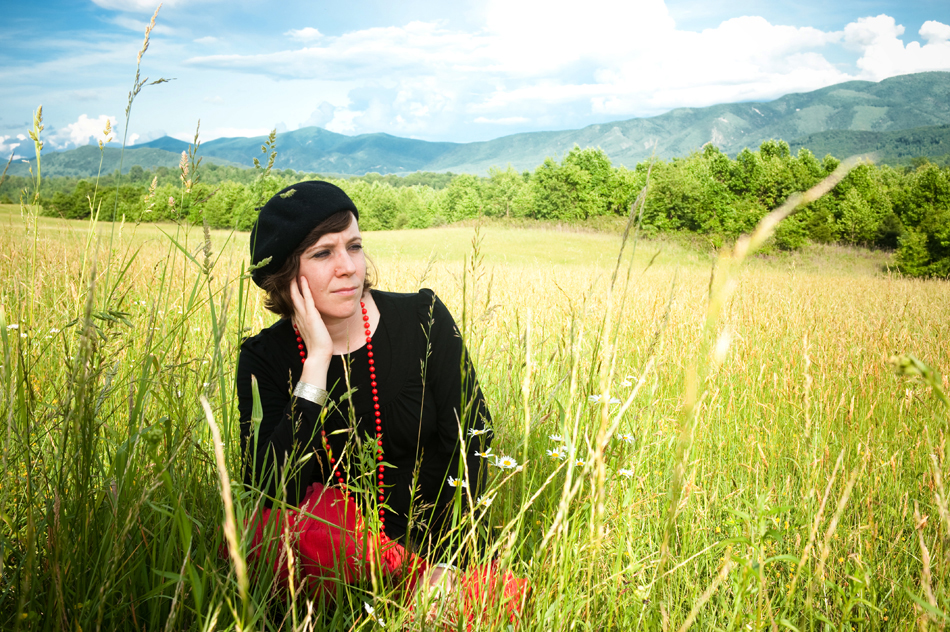 Do you have a basic understanding of your DSLR camera and want to learn more in-depth techniques for improving your photography? Check out The Photographic Tool Box on July 22–27, 2018 with instructor Stephanie Gross. Summertime at the Folk School provides an abundance of photographic material: pastoral landscapes, interesting folks, gardens, old buildings, barns, music, dance, craft studios. Stephanie has a BFA in Photography from the Rhode Island School of Design and has been making and thinking about photography for 25 years. Enjoy our interview!
Do you have a basic understanding of your DSLR camera and want to learn more in-depth techniques for improving your photography? Check out The Photographic Tool Box on July 22–27, 2018 with instructor Stephanie Gross. Summertime at the Folk School provides an abundance of photographic material: pastoral landscapes, interesting folks, gardens, old buildings, barns, music, dance, craft studios. Stephanie has a BFA in Photography from the Rhode Island School of Design and has been making and thinking about photography for 25 years. Enjoy our interview!
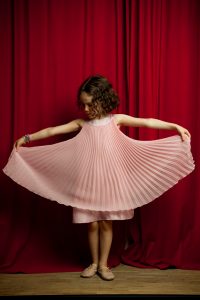 CP: How did you get started in photography?
SG: I had an amazing photography teacher in high school who is an incredible photographer and was also a great teacher (not always the case). We're still friends and I occasionally shoot with him. I assisted him after I graduated high school, through college.
I was interested in both photography and ceramics. I chose RISD because I could do both. I could make pots, but they were a creative dead end for me. Photography was scary and I had to struggle to learn to make pictures, but it's been that struggle that's kept me interested for 30+ years.
CP: What is your favorite subject matter to shoot?
SG: Stories, specifically people with stories. I suppose that's anyone from the right point of view, but it's more the search for what makes someone or some place interesting that's my favorite.
Even in the most boring situations, I start to look at faces, at the light, playing with the background, composition, etc. It's like a game. You know something fascinating is going on, but how do you show it?
CP: How did you get started in photography?
SG: I had an amazing photography teacher in high school who is an incredible photographer and was also a great teacher (not always the case). We're still friends and I occasionally shoot with him. I assisted him after I graduated high school, through college.
I was interested in both photography and ceramics. I chose RISD because I could do both. I could make pots, but they were a creative dead end for me. Photography was scary and I had to struggle to learn to make pictures, but it's been that struggle that's kept me interested for 30+ years.
CP: What is your favorite subject matter to shoot?
SG: Stories, specifically people with stories. I suppose that's anyone from the right point of view, but it's more the search for what makes someone or some place interesting that's my favorite.
Even in the most boring situations, I start to look at faces, at the light, playing with the background, composition, etc. It's like a game. You know something fascinating is going on, but how do you show it?
Corie Pressley has lived in...
Did you get a chance...
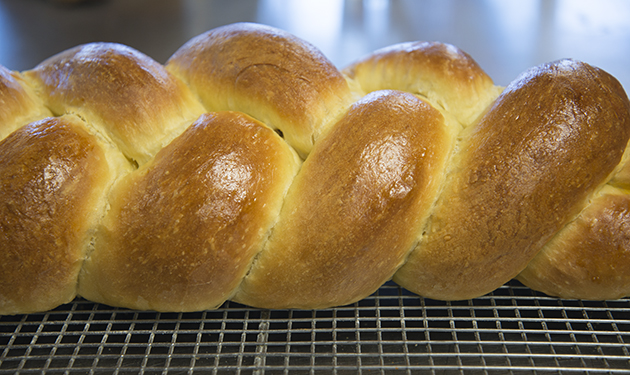 Challah created by students in Emily's class.[/caption]
[caption id="attachment_17763" align="aligncenter" width="630"]
Challah created by students in Emily's class.[/caption]
[caption id="attachment_17763" align="aligncenter" width="630"]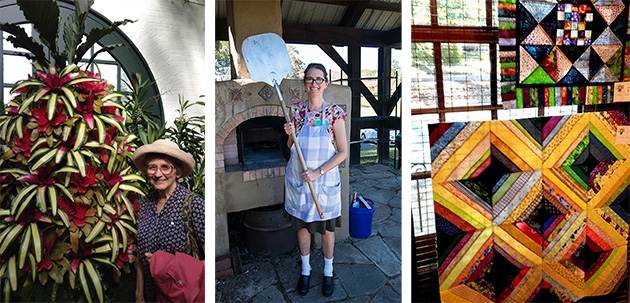 (L-R) Emily's mom at the Biltmore, Emily in front our our outdoor wood fired oven, Emily's mom's quilts at Show & Tell.[/caption]
My recent trip to the Folk School was a little different than usual. For one thing, after ten years of teaching “The Science of Bread,” I shifted gears slightly and taught “Making Traditional Breads.” Thankfully, science still applies in traditional breads.
The other difference was that my mom accompanied me for the first time, to take a quilting class. While I was busy lighting the wood-fired oven, hunting down recipes, and mixing doughs to demonstrate with in class, Mom was putting in long hours at the studio, turning the bags of scrap fabric she’d brought into quilts. Three times each day we met for meals in the Folk School dining hall.
(L-R) Emily's mom at the Biltmore, Emily in front our our outdoor wood fired oven, Emily's mom's quilts at Show & Tell.[/caption]
My recent trip to the Folk School was a little different than usual. For one thing, after ten years of teaching “The Science of Bread,” I shifted gears slightly and taught “Making Traditional Breads.” Thankfully, science still applies in traditional breads.
The other difference was that my mom accompanied me for the first time, to take a quilting class. While I was busy lighting the wood-fired oven, hunting down recipes, and mixing doughs to demonstrate with in class, Mom was putting in long hours at the studio, turning the bags of scrap fabric she’d brought into quilts. Three times each day we met for meals in the Folk School dining hall.
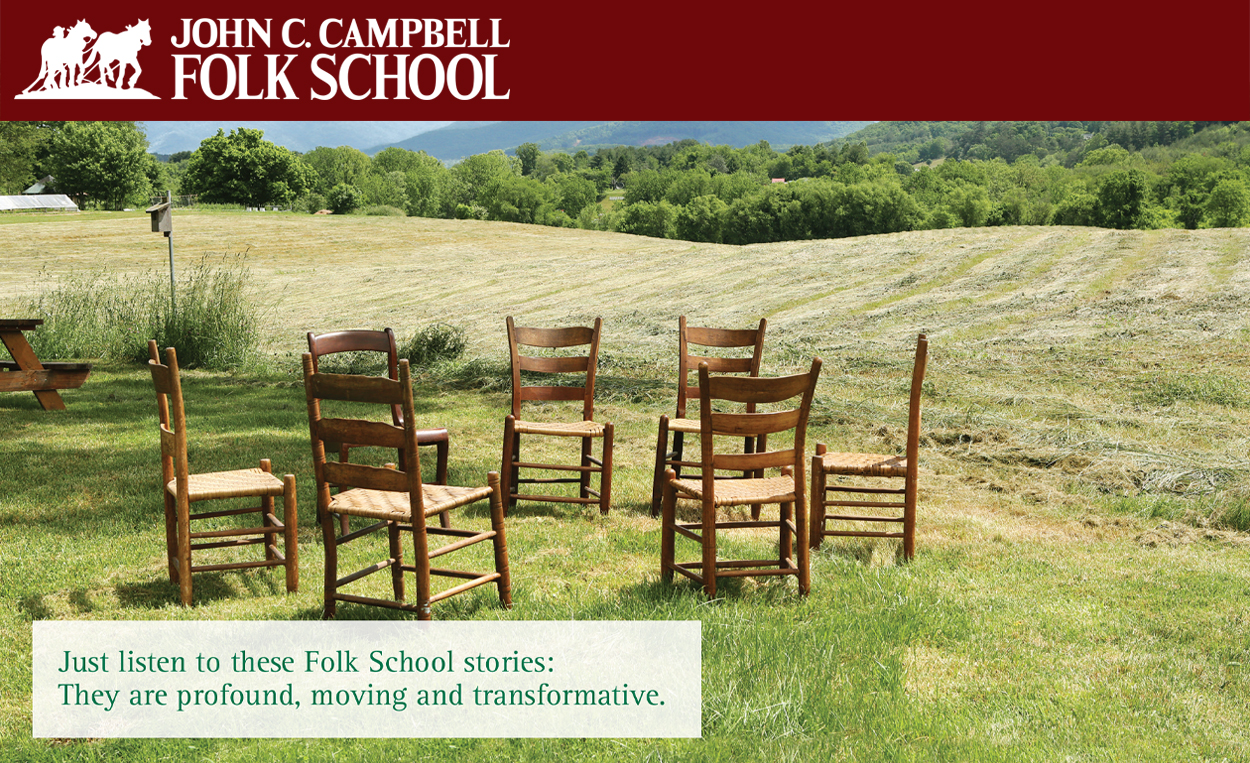 I realized soon after joining the Folk School this summer that this was a unique place brimming with stories. Stories about what happens here, stories about learning a new skill or technique. Stories about how a week at the Folk School has transformed lives, created rich new relationships and empowered students and instructors to make new discoveries about themselves and others.
I realized soon after joining the Folk School this summer that this was a unique place brimming with stories. Stories about what happens here, stories about learning a new skill or technique. Stories about how a week at the Folk School has transformed lives, created rich new relationships and empowered students and instructors to make new discoveries about themselves and others.
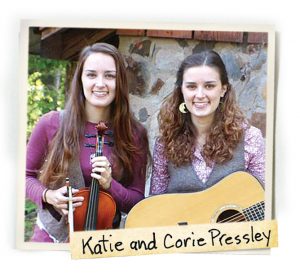 Corie Pressley, for example, grew up in Brasstown. She first came to Little Middle Folk School at the age of 5 and has memories of her mother taking her to Saturday community dances. Corie credits her confidence, her freedom of expression and her personal growth to her youth spent at the Folk School. Today, Corie and her twin sister Katie—both of them accomplished musicians—perform on stages throughout the region, including our Festival Barn stage. A recent graduate of Young Harris College, Corie is back at the Folk School, this time as an employee in the programming department.
“What would my life be like if I had not found the Folk School?” ponders Corie. “The Folk School is a dream come true.”
Corie Pressley, for example, grew up in Brasstown. She first came to Little Middle Folk School at the age of 5 and has memories of her mother taking her to Saturday community dances. Corie credits her confidence, her freedom of expression and her personal growth to her youth spent at the Folk School. Today, Corie and her twin sister Katie—both of them accomplished musicians—perform on stages throughout the region, including our Festival Barn stage. A recent graduate of Young Harris College, Corie is back at the Folk School, this time as an employee in the programming department.
“What would my life be like if I had not found the Folk School?” ponders Corie. “The Folk School is a dream come true.”
I met Tom Quest over...
...
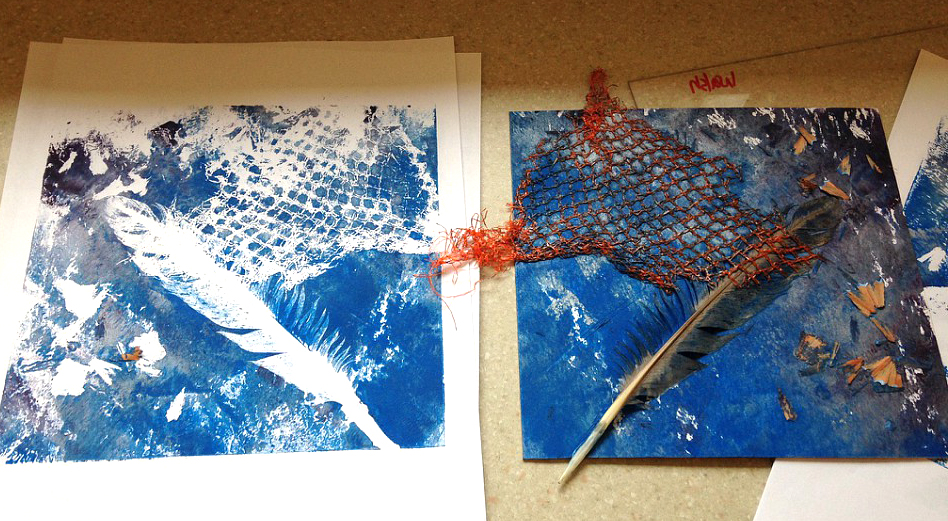 Collograph with Feather and Fabric[/caption]
Last month’s printmaking class didn’t go as I’d planned.
The class was “Printmaking Paradise,” a survey of techniques, taught by Sally and Dick Walsh. In class, Sally taught us a few techniques each day. Some used the printing press, and some we could do at home with no fancy equipment. Sally encouraged us to have fun: to try everything but to go with the techniques we resonated with.
On day one, we tackled collagraphs. They seemed simple enough: spread ink onto a piece of matte board, lay found objects on top, cover with paper, and run the whole thing through the printing press. The first print will be a little sloppy, but the second and third will have more defined features, showing the textures of the objects. Sally’s example had a beautifully detailed feather printed on it.
I waited with eager fingers for my print to roll through the press. Then I peeled it off the board. My feather had printed as a disappointing white blotch: not enough ink. “Make another one!” Dick suggested, so I did, this time gopping on the ink under my feather. You can’t understand the process until you do it, I thought. Why did I expect things to be perfect the first time?
Collograph with Feather and Fabric[/caption]
Last month’s printmaking class didn’t go as I’d planned.
The class was “Printmaking Paradise,” a survey of techniques, taught by Sally and Dick Walsh. In class, Sally taught us a few techniques each day. Some used the printing press, and some we could do at home with no fancy equipment. Sally encouraged us to have fun: to try everything but to go with the techniques we resonated with.
On day one, we tackled collagraphs. They seemed simple enough: spread ink onto a piece of matte board, lay found objects on top, cover with paper, and run the whole thing through the printing press. The first print will be a little sloppy, but the second and third will have more defined features, showing the textures of the objects. Sally’s example had a beautifully detailed feather printed on it.
I waited with eager fingers for my print to roll through the press. Then I peeled it off the board. My feather had printed as a disappointing white blotch: not enough ink. “Make another one!” Dick suggested, so I did, this time gopping on the ink under my feather. You can’t understand the process until you do it, I thought. Why did I expect things to be perfect the first time?


